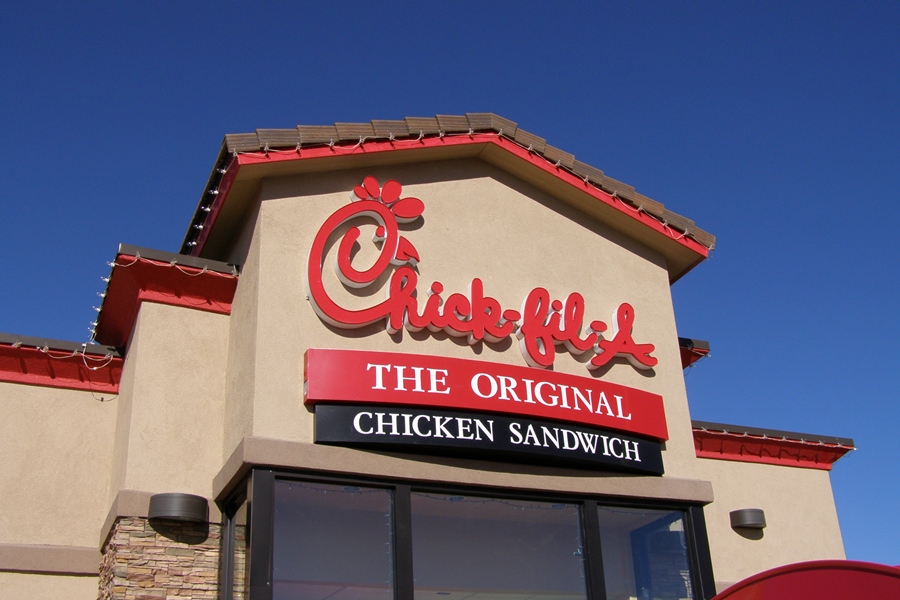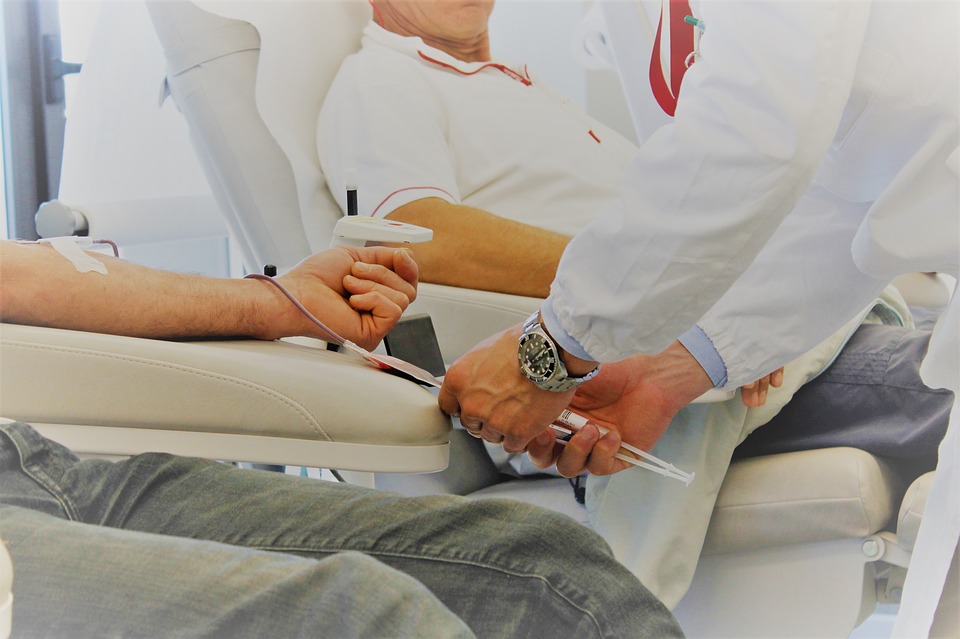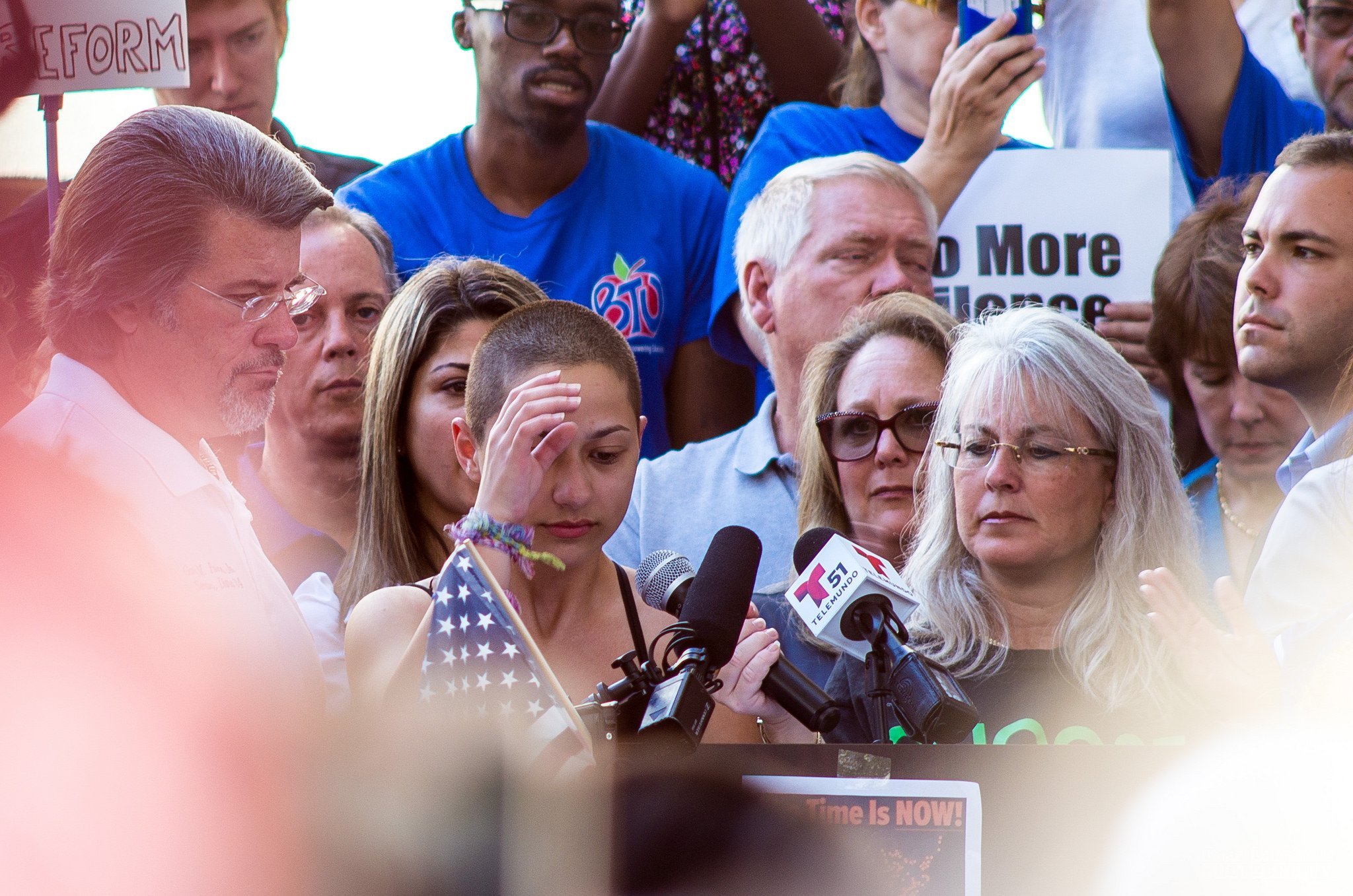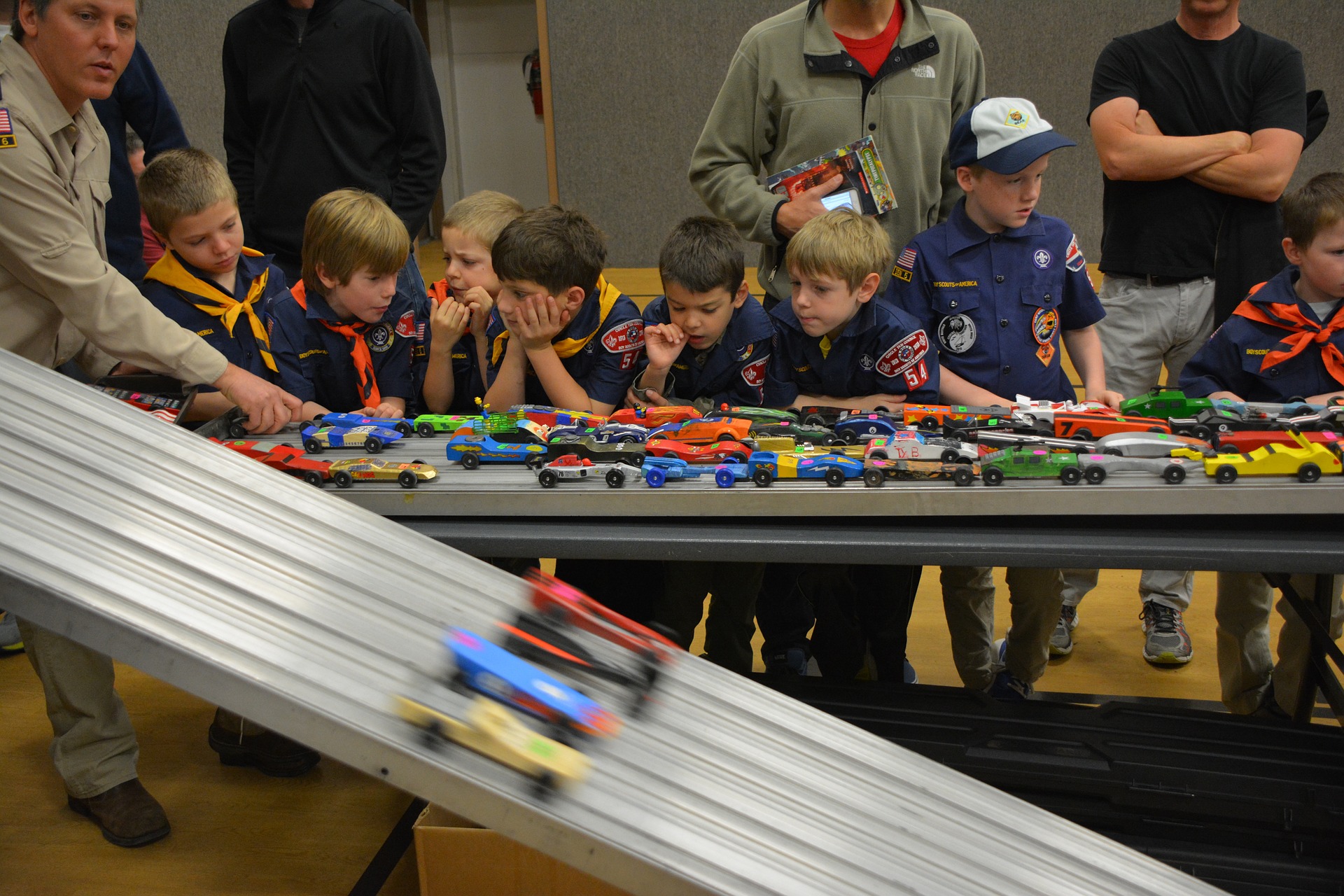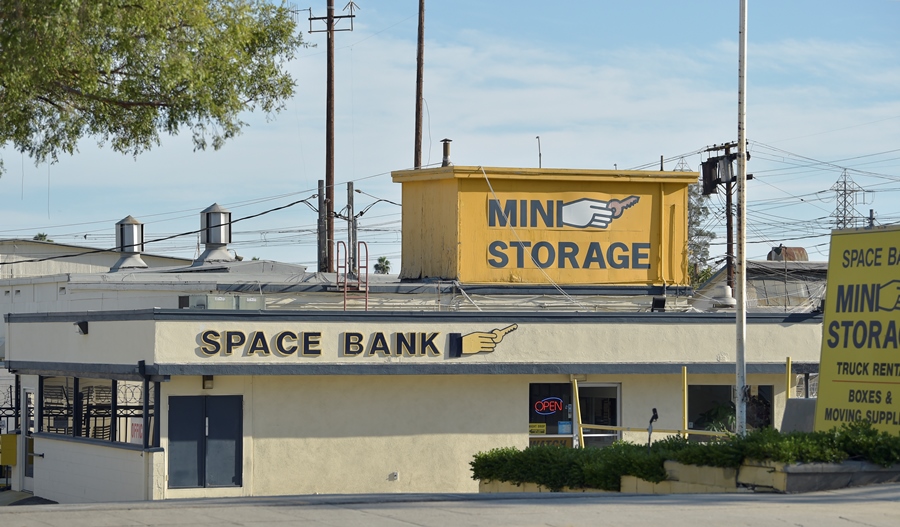
Site of former US Naval testing site likely contains hazardous toxins; some proposed residential units will sit less than 500 feet from 210 Freeway
By Gus Herrera
Back in action following a two-week summer hiatus, the Pasadena City Council held a public hearing to discuss the city’s newest proposed planned development – an eight-building, mixed-use project at 3200 E. Foothill Blvd.
Although the project was recommended for approval by both city staff and the planning commission, Council Member Gene Masuda, who represents the district in question, put forth a motion to reject staff’s recommendation, concerned with the potential effects of imposing additional traffic on an already-congested stretch of East Pasadena.
The District 4 council member reminded his colleagues of the various large developments already within the immediate vicinity (i.e. Panda, Halstead, The Stuart, etc.). He also cited the fact that Fire Station 37 is only a few blocks away and any additional congestion may have very dangerous consequences for local residents.
Masuda’s motion ultimately failed by a vote of 4-3 (Council Member Victor Gordo absent) and the item will now return before the full council at a later date, yet to be determined. Vice-Mayor John Kennedy and Council Member Tyron Hampton constituted the other two votes in opposition to the project.
The site, which currently houses the Space Bank self-storage facility, is one of Pasadena’s lesser-known historical gems – from the early 1940s, until the late 1970s, it housed a US Naval ordinance testing station, which played a role in many significant Cold War military developments, including the Poseidon and Sidewinder missiles.
But, along with the storied history, the site also comes with several health hazards. According to staff’s report, the Navy’s research and development “generated the presence of hazardous materials in soil and soil vapor, and potentially [the] groundwater beneath the property.”
Additionally, the lot neighbors the 210 Freeway, something which raised concerns from various council members, considering some of the proposed residential units will sit less than 500 feet from one of Pasadena’s busiest thoroughfares.
David Reyes, director of planning and community development, revealed that two health risk assessments were conducted and that the potential exposure of future residents was found to be below the evaluation criteria, so long as various mitigation measures were applied. These measures included the installation of MERV-12 filters in the project’s HVAC units, portable air cleaning devices, substantial weather-proofing, and even educational materials for the future residents. The project’s design also incorporates a parking structure between the freeway and the complex in an attempt to physically buffer pollution/emissions.
Despite these mitigation measures, Vice-Mayor Kennedy still held reservations, “unless you can show us they can be safe … I think there’s a problem … we shouldn’t sugar-coat this, we should be honest. We should figure out how to make it totally safe or we shouldn’t do the project. We have a moral, legal, and ethical obligation to truly answer all of these questions. Until that takes place … it would be hard for me to support it.”
Council Member Gene Masuda was similarly concerned by the potential health risks, “in my opinion, I can’t buy this filter system … I don’t believe it’s going to make that much of a difference. It’s better, but you’re still close to a freeway.”
On the other hand, the project does bring a few benefits to the city. Not only will the project clean up a hazardous site – no construction permit will be issued until the site undergoes a thorough remediation process, the full cost of which will be borne by the developer – the city will also stand to gain 550 much-needed apartment units, including 69 on-site affordable units (a rare feature for Pasadena’s mixed-used developments).
“I do support this project,” said Mayor Terry Tornek, “I think that it is consistent with the planning that we’ve done … it cleans up a toxic site … eliminates a marginal use and replaces it.”
“If it doesn’t get developed, it will sit there and remain being a toxic site,” said Reyes, “I think this is a big win in it of itself if this site gets cleaned up.”

